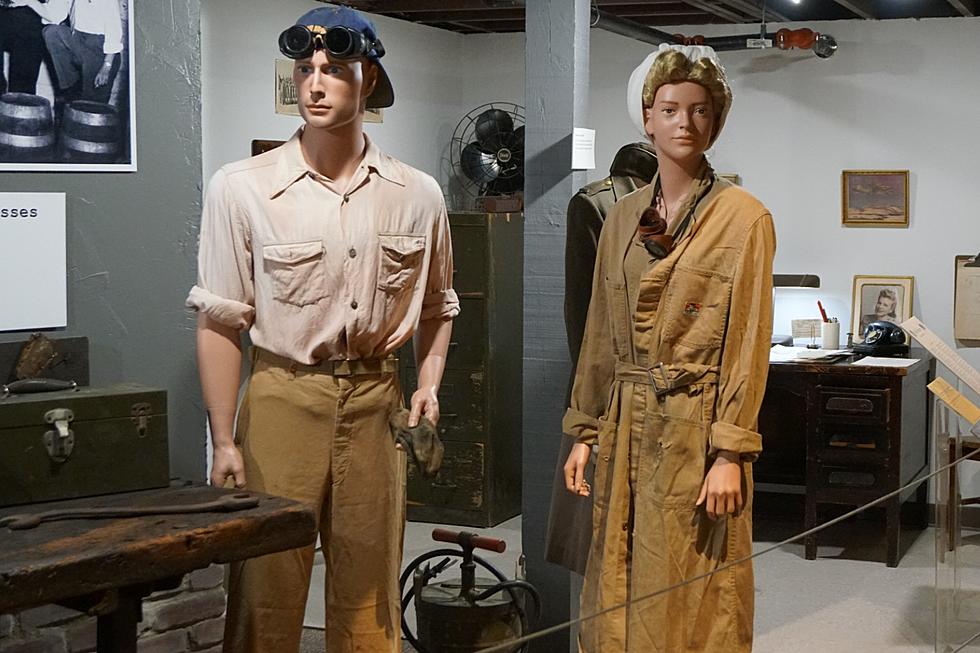
The Dakota War Started On – ‘This Date In Central Minnesota History’
August 17th, 1862 – Start of the Dakota War
During the nineteenth century, western-moving settlers and their government compressed the Dakota (aka: Sioux) domain through a series of treaties, the most important of which were signed in 1851 at Traverse des Sioux and Mendota. In all, the Sioux ceded almost 24,000,000 acres of rich agricultural land. In exchange for this land, they were to receive $3,075,000 in cash and annuities. The treaties left these 7,000 Indians two reservations, each 20 miles wide and about 70 miles long, bordering the upper Minnesota River.
The Lower Sioux did not care for the location of their reservation, and they moved onto it reluctantly. They also believed that they had been cheated during the transactions, because the treaties gave traders and mixed-bloods claims for about $400,000, which would otherwise have been paid to the tribes in cash. Bishop Henry B. Whipple, friend of the Indians, would write to President Abraham Lincoln in 1862 and ask that they revised their annuity payments and give more food and goods, as most of the cash ended up in the traders’ hands.
The Minnesota Territory was now open to white settlement, and settlers poured into the area. By 1857, pioneers were clamoring for more land and further reducing the size of the reservations. In the spring of 1858 several Sioux chiefs, along with their agent Joseph R. Brown, went to Washington, D.C. to sign more treaties giving up nearly a million more acres. After the traders’ claims, the Lower Sioux received little cash and the Upper Sioux only about half of the original amount.
Several more events contributed to the Dakota Indians dissatisfaction with the U.S. Government. There were many more factors than can be covered in this short article. In the middle of 1862 many of the Minnesota young men were out of state fighting the Civil War in the south. The winter of 1861-62 had been especially difficult, with a crop failure the previous fall. Also, the annuity payment, which usually arrived in June, still had not arrived by mid-August. To give an idea of the disregard that many traders and politicians had of the Indian’s suffering, one storekeeper, Andrew J. Myrick, infamously stated “If they are hungry, let them eat grass.” This statement further enraged the starving Sioux.
On a bright Sunday afternoon, August 17,1862, four young Dakota hunters were passing through Acton in Western Meeker County. These young Indians came across some hen’s eggs along a fence on Robinson Jones homestead. They were acquainted with Jones and his wife as they ran a combination post office, lodging place and store in Acton, and it was obvious that Jones’ hen had laid the eggs.
According to an interview many years later with Chief Big Eagle, one of the young Indians took the eggs and another warned him that they belonged to a white man. This made the first Indian angry, and he threw the eggs to the ground and said “You are a coward. You are afraid of the white man. You are afraid to even take an egg from him, though you are half-starved.”
“I’m not a coward,” the other replied. “I am not afraid of the white man, and to show you that I am not I will go to the house and shoot him. Are you brave enough to go with me?” The other said he was, and the four of them went to the house.
At the house, they reportedly asked Jones for some liquor, which Jones denied them. At the time, Jones was home with his two adopted children, 15 years old Clara D. Wilson and her 18 month old brother. Jones left the children at home and traveled about a half mile to the Baker homestead, where Jones’ wife was visiting her son Howard Baker and his family. There was also another young couple at the Baker home: Mr. and Mrs. Viranus Webster. The Websters had just arrived in Meeker County from Wisconsin and were staying at the Baker homestead in their covered wagon while they searched for land to settle.
The Native Americans followed Jones to the Baker home and seemed friendly. They challenged the whites to a target-shooting contest. After the contest, the Indians reloaded their guns and suddenly turned on the settlers without warning. Webster, Baker, and Mr. and Mrs. Jones were killed. Mrs. Webster stayed in the covered wagon and Mrs. Baker fell or jumped into the cellar of the house with a child. When the terrified women and children finally got the courage to emerge, they walked several miles to the home of another settler. From there word was sent to Forest City, and news of the horrific murders spread quickly.
This event set in motion the Dakota war that would last several months, kill between 450-800 settlers, and end when 38 Dakota were hung in Mankato in the largest one-day execution in American history. This tragic chapter in Minnesota’s history is one that must not be forgotten.
Thanks to Sarah Warmka and the Stearns History Museum for their help with our series, “This Date In Central Minnesota History” on WJON.
More From AM 1240 WJON







![Autumn Kicks Off in St. Cloud at 2nd Annual Harvest Fest [PHOTOS]](http://townsquare.media/site/67/files/2022/09/attachment-DSC08984.jpg?w=980&q=75)

